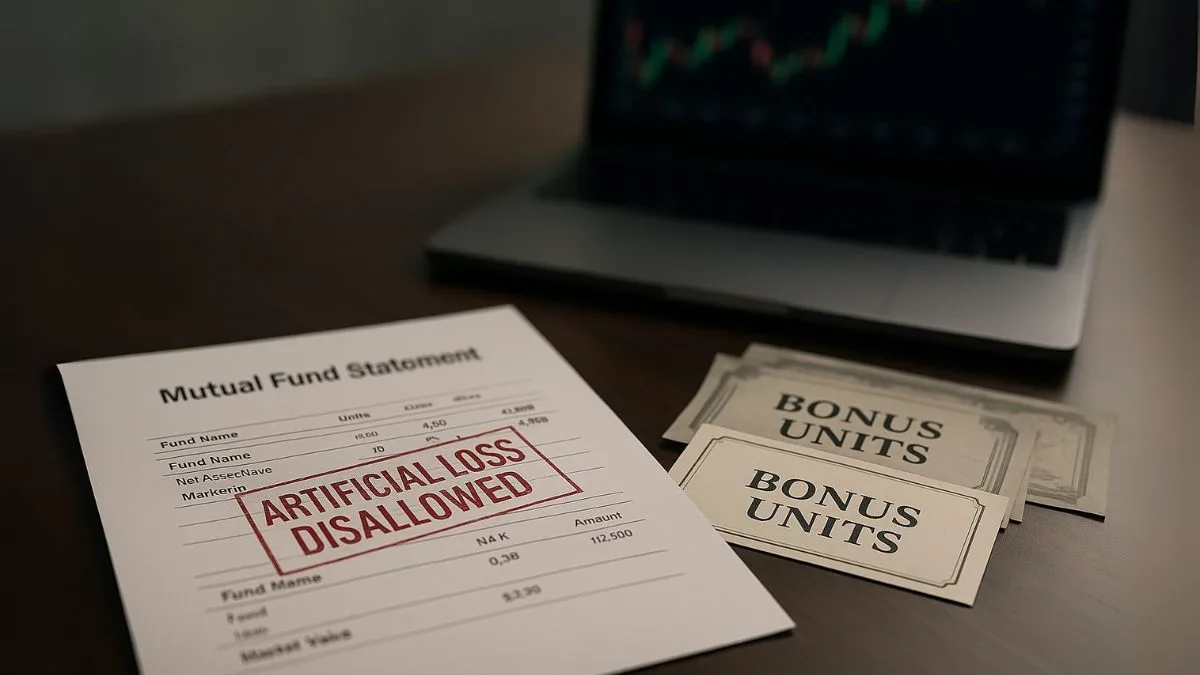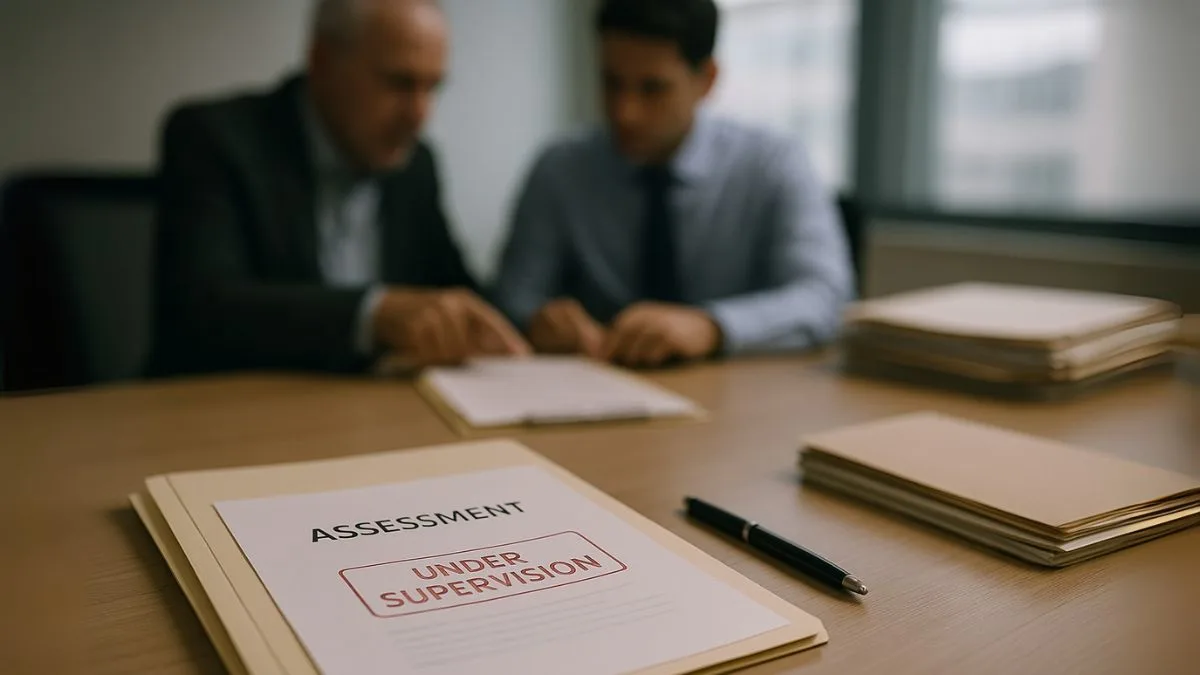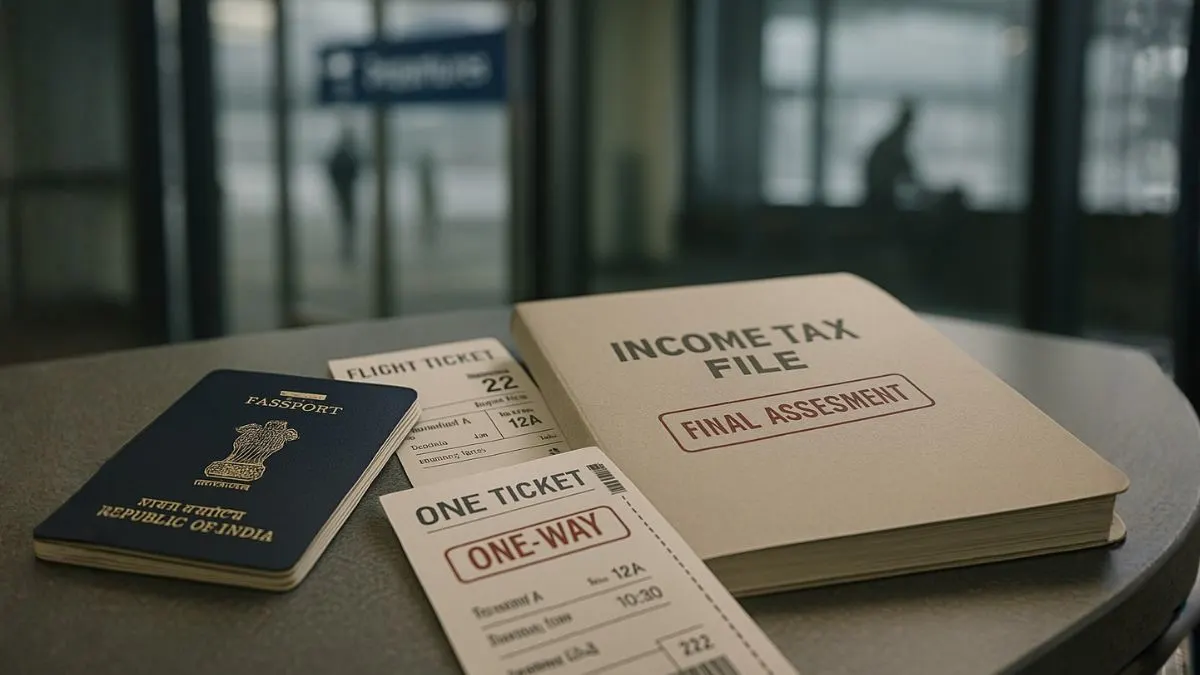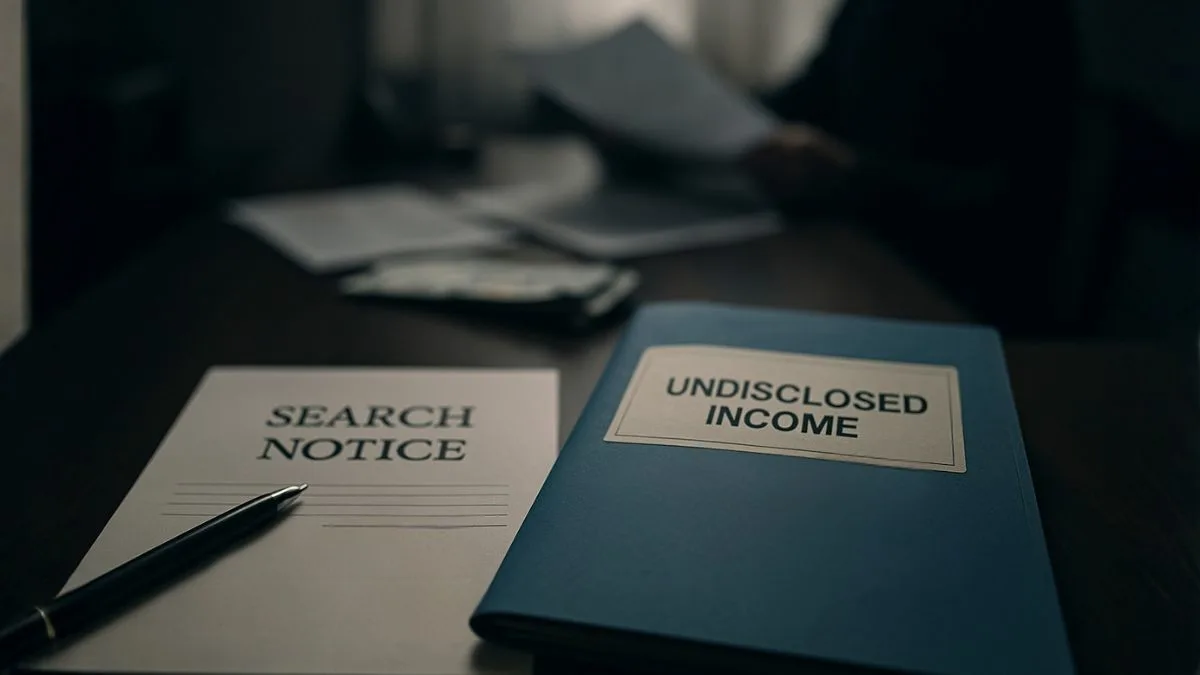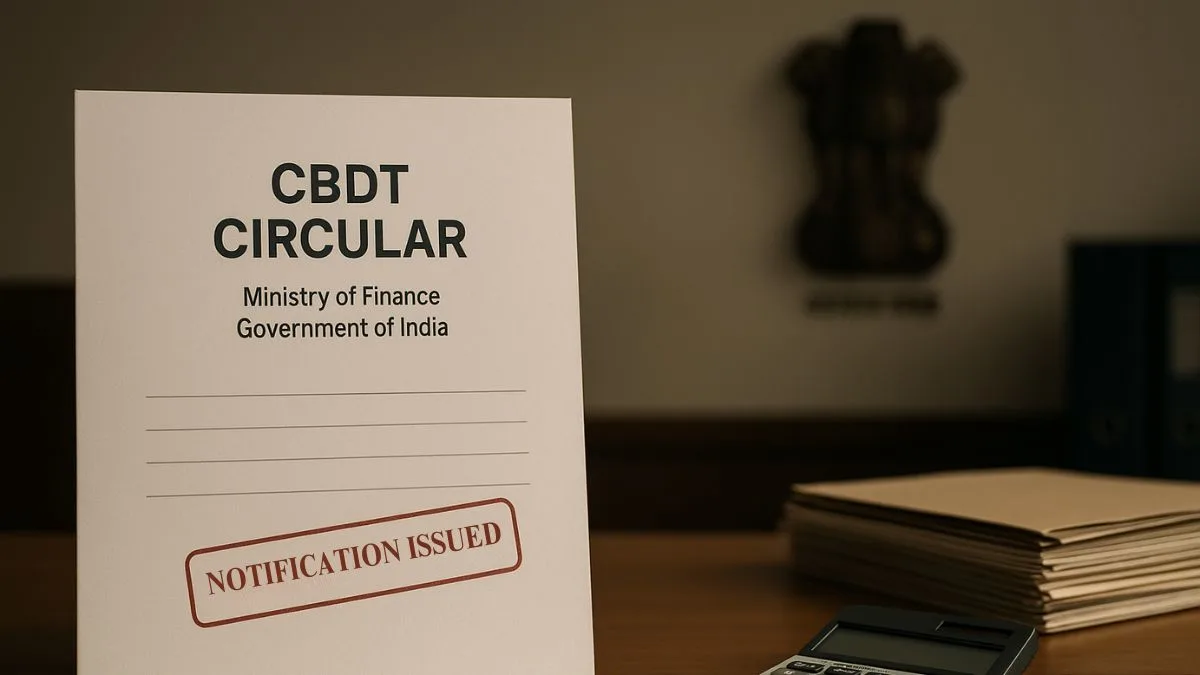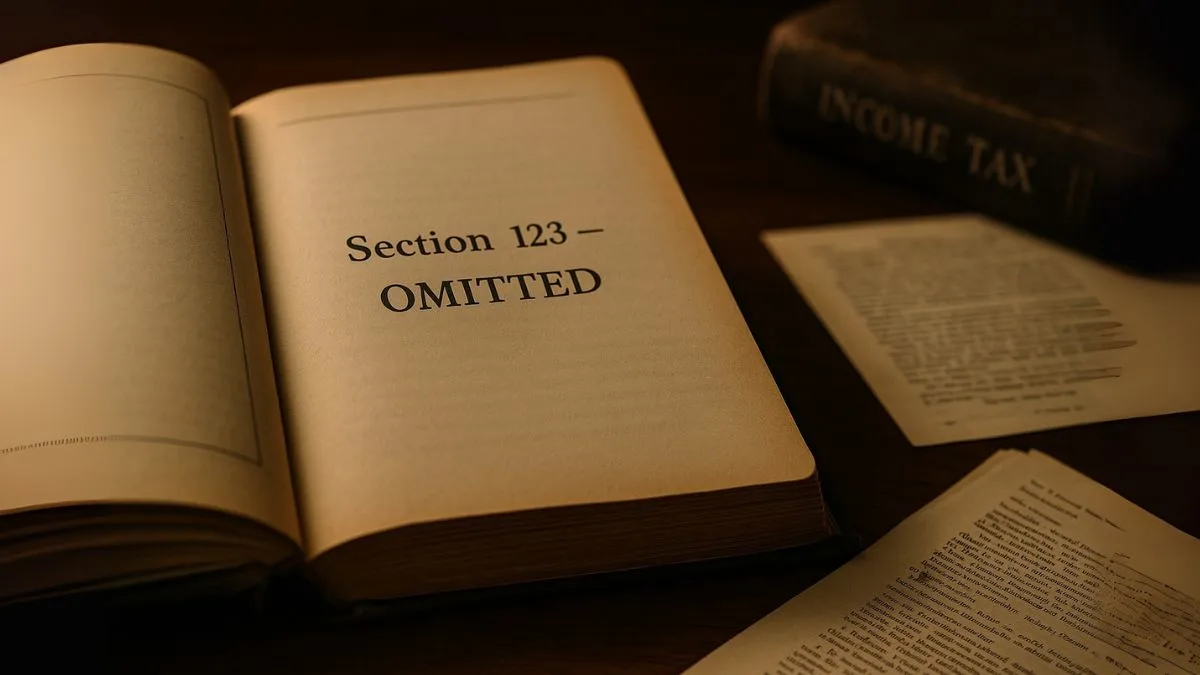
Let’s be honest — most taxpayers never read Section 123.
Yet, every time your refund lands on time or your notice goes to the right officer, this section is quietly doing its job.
Think of it as the GPS of the tax department. It decides who handles which case, making sure assessments don’t overlap & that accountability has a name.
What Exactly Section 123 Says
In simple terms, Section 123 tells us how Inspecting Assistant Commissioners (IACs) are assigned their jurisdictions.
It empowers the Principal Chief Commissioner or Chief Commissioner to draw the map — deciding:
- The region where an IAC will operate,
- The class of taxpayers (individuals, firms, corporates, etc.), and
- The type of income or case (like international transactions or HNIs) they’ll supervise.
That little framework keeps India’s enormous tax machinery running without everyone stepping on each other’s toes.
Why This Section Exists
The Income Tax Department runs like a multilayered chessboard — Assessing Officers at the front, Commissioners behind them.
Section 123 draws clear lines so that no one moves out of turn.
It protects taxpayers too. A clear jurisdiction means you won’t be bounced between offices or get two notices for the same issue — something that happened a lot before such rules were codified.
Also Read: The Essential Guide for NGO Registration and Tax Exemption
Delegation and Oversight
Every officer in the system reports upward.
Under this section, the Chief Commissioner decides who inspects what, ensuring:
- Complex corporate cases go to experienced IACs.
- Smaller local assessments stay local.
- Workload stays balanced.
I’ve seen this hierarchy in action — one of my corporate clients once had two branches under different zones. Section 123 helped allocate each to the right officer, saving weeks of confusion.
Still Relevant in the Digital Age
Now that most assessments are faceless, does jurisdiction even matter?
Yes, more than ever. Even though technology handles notices & uploads, someone must still review, escalate, & sign off.
Section 123 ensures digital accountability still traces back to a human officer. When disputes go to appeal or scrutiny, that chain of responsibility is what protects both sides.
Where Penalties Come In
- Section 123 itself doesn’t slap penalties — but it connects to those that do.
- For instance, Section 271FA deals with failure to file Annual Information Returns (AIR) or Statement of Financial Transactions (SFT)."
- Skip or delay filing, and you could face ₹500 – ₹1,000 per day until you comply.
The IAC oversees that process, verifying defaults & ensuring the penalty is fair & recorded properly.
Link With Information Returns
Under Section 285BA, financial institutions & individuals must report certain transactions — property purchases, big deposits, share trades, and so on.
IACs, working through Section 123’s jurisdictional powers, check that these reports reach the system correctly.
Those cross-checks help the department flag undisclosed income, but they also protect honest taxpayers by reducing random scrutiny.
What It Means for Everyday Taxpayers
You’ll probably never quote Section 123 on your ITR form.
But here’s what it silently guarantees:
- Your return goes to the right officer.
- Refunds & notices stay within correct authority.
- No two departments handle the same file.
- Oversight remains consistent across India.
It’s administrative housekeeping that keeps your tax life less messy.
Also Read: Long-Term Capital Gains Tax on Shares and Equity Mutual Funds
A Quick Word on Deductions (Because Everyone Asks)
Section 123 doesn’t offer tax breaks, but that doesn’t mean you’re left empty-handed.
The real savings still come from Section 80C — the one that allows up to ₹1.5 lakh deduction per year for:
- Life Insurance Premiums,
- PPF investments,
- ELSS funds,
- NSC savings,"
- Tuition fees for children, and
- Home-loan principal repayments.
So while Section 123 organizes who looks at your file, Section 80C helps you pay a little less tax on it.
Why Compliance Is a Two-Way Street
- The tax system only works if both sides follow the rules.
- For taxpayers, that means filing returns on time & disclosing income honestly.
- For officers, it means staying within the boundaries Section 123 draws.
That balance builds trust. And trust is the hidden fuel of any tax system — digital or not.
The Role of the IAC
An Inspecting Assistant Commissioner sits midway between the Assessing Officer & the Commissioner.
Their job? Quality control.
They review difficult assessments, guide officers, & make sure interpretations of law stay consistent.
When handled right, an IAC’s involvement often prevents appeals later — because issues get settled correctly the first time.
A Quick Example
Picture two mid-sized companies — one in Pune, another in Delhi.
Both make auto parts, both pay taxes, but each is handled by a different IAC as per Section 123.
If a compliance issue arises, it’s addressed locally, not dragged into a central pile.
Faster resolutions, less paperwork, fewer crossed wires — that’s Section 123 quietly at work.
Also Read: Section 12AB of Income Tax Act: Registration, Applicability & Key Provisions
Jurisdiction in the Faceless Era
Even with faceless processing, someone must own the case.
Section 123 ensures that ownership stays defined — especially in escalations, high-stake corporate files, or fraud reviews.
Think of it as the fine print that keeps “faceless” from turning “leaderless.”
How Penalties Keep Things Honest
Penalties like those under Section 271FA aren’t just punishments; they’re reminders.
They push taxpayers to furnish information returns on time & nudge the department to follow up quickly.
In short, discipline on both sides.
Why This Section Protects You
It may read bureaucratic, but here’s the bigger picture:
- It limits arbitrary action.
- It assigns accountability.
- It builds transparency.
That’s good governance — & every taxpayer benefits when the system plays by clear rules.
Key Takeaways
✅ Section 123 defines who handles what within the tax department.
✅ It supports fairness, clarity, & workload balance."
✅ Linked provisions (like Section 271FA) enforce compliance.
✅ Taxpayers still enjoy deductions up to ₹1.5 lakh under Section 80C.
✅ Together, they keep the system efficient — and fair.
Also Read: Stamp Duty Exemption in Income Tax under Section 80C
In Closing
Section 123 might never make headlines, but it’s one of those quiet provisions that hold the entire Income Tax Act together. It’s the reason assessments stay organized, officers stay accountable, and taxpayers like you don’t drown in administrative chaos.
Understanding how the system runs behind the scenes makes you a more confident, compliant taxpayer — & that’s half the battle won.
Need help navigating tax rules or planning deductions smartly?
👉 Visit CallMyCA.com — our Chartered Accountants simplify ITR filing, help you claim every eligible benefit under Section 80C, & keep your compliance spotless.
Because good advice is the best tax-saving investment you’ll ever make.

